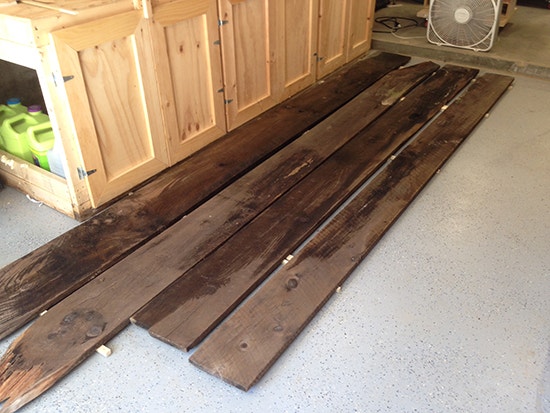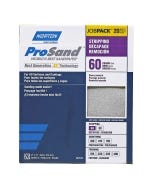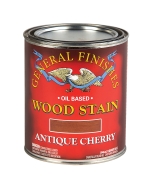How Do You Match Old Wood?
How do you match old wood with new additions? I would like to add a new oak leaf to an antique dining room table.
Rob Johnstone: Are you attempting to mimic the wear and tear and patina that long use and exposure to ultra violet light cause? Or are you simply trying to get a good match in color value and hue. If it is the latter, then it is pretty easy. If the former, this is a true challenge. First, you need to learn about finishing in general, followed by trial and error. Sorry, some things can't be short changed.
Michael Dresdner: There are two basic steps to matching new wood to old - duplicate the physical wear, and duplicate the color and look of the aged finish. The first is fairly easy: look at the wear patterns on the table, and reproduce it on the new leaves. You will probably see slightly rounded corners on the edge of the top seam, so "wear" the edges of the leaves with sandpaper, or dull them with a wood mallet. In fact, all sharp edges will most likely be worn. There may be dings and dents from wear; use metal tools to mimic the distressing (though you should be aware that leaves almost always sport less wear and tear than the table, since they often live in the closet until company comes to visit). One common mark is a repeated ding on the edge from the chair hitting it. That type of mark will be repeated in all areas where the back of the same set of chairs hits.
The finish will be a bit tougher. To ape an old finish, you must figure out how it was done. Many times the color is put on in layers (dye stain, then pigment stain, then one or more glazes) and to copy it you must repeat the process. In addition, some or all of the colors in both the stain and the wood may be faded or darkened (both happen) from sunlight exposure. Start with a scrap board of the same wood as the new leaf, arm yourself with wide array of stains, both dye and pigment, and keep some topcoat handy for color check. Without seeing the table, I can't tell you where to start. All wood (and most finishes) contain a variety of colors. Look at them, then look at your wood and see what is missing. If your new wood is lighter, it will not be that difficult to "add the missing colors" and that is most likely with a light wood like oak.
Remember, you can stain multiple times to get just the color you need, but always put the dye stains on first. Use them to shoot for the lightest background color in the wood. Once pigment stains or oil-based stains go on, you can't go back to dyes. Use the pigments to get the colors in the grain that contrast with the background colors. If you are not up on color matching, pick up a color wheel at the store. Colors that negate each other are opposites on the wheel (red/green, blue/orange, purple/yellow).
Ian Kirby: Between the original finish and the years of oxidation, you can't expect the two parts to match well. Given time, and a new finish, they will continue to look less estranged provided you match growth rate, grain pattern and the color as best you can. Be patient - time is the thing you can't short circuit.
Keep the inspiration coming!
Subscribe to our newsletter for more woodworking tips and tricks





